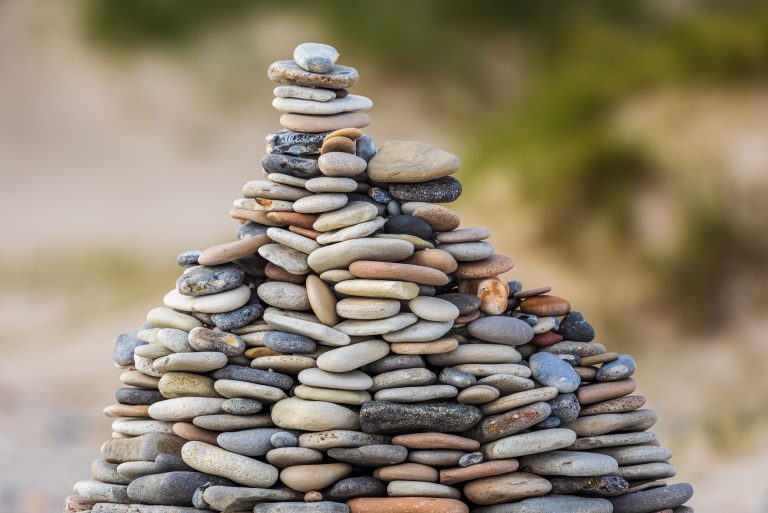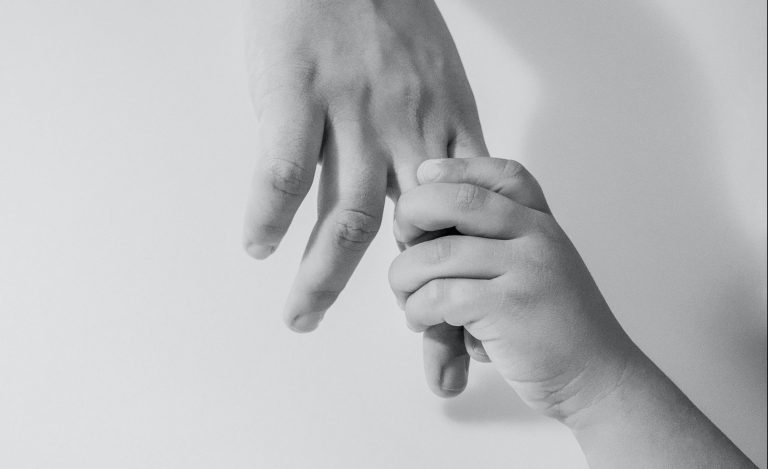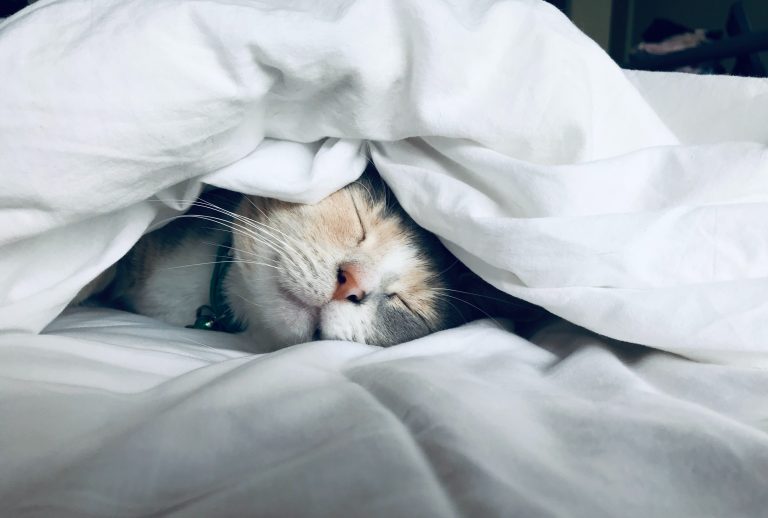In a previous post, I invited you to do a thought exercise over your morning coffee. “Consider”, I said, “that you were moving to a home half the size of the one you are living in now and with half the amount of storage space. What would you take and what would you get rid of?”
I invited you to be ruthless in doing this mental audit of your possessions.
You now tell me that not only did you do a mental audit but that you went the whole hog and did a major clear-out. (Every credit to you!) The possessions you have kept could easily fit into that hypothetical new home and, as a result, your current home is (nearly) as sparkly, clutter-free and serene as the holiday flat you had in Lanzarote last year. However, you add, what blights your home from being completely sparkly, clutter-free and serene is a box of ‘stuff’ that you have carted along with you from student-house to student-house during your university days and from home to home to home since then and from which you just cannot (even with the best will in the world) part ways.
The sentimentally-charged knick-knacks that you have gathered along the journey through life may have no economic value. But they do have value of a different sort: they constitute a record of your life. The baby tooth that you lost but that your mother kept. Your Barbie doll. The lock of your first crush’s hair. The bottle of shells from a trip to Mauritius (or was it Blackpool?)
I would like to offer you a strategy for retaining the (sentimental) value of your treasures while at the same time freeing yourself of the clutter that they constitute. Here goes:
Firstly, lay all your treasures out on your dining table.
Secondly, put three empty boxes at the end of the table.
Now, take a photo of each of your treasures. Not just a slapdash snap, but one that does your artistic talents justice.
Having done that, pick up one of your treasures (your high school tie, for example, the one with the prefect badge pinned to it). Then ask yourself some questions about it. Questions such as these:
- Am I ever going to wear it again?
- Would anyone else wear it?
- Would it look good displayed as a piece of art on the coffee table?
- Would it be snapped up if I listed it on eBay?
- Would a charity shop be glad to have it?
If the answers to these questions are all ‘no’ (are you surprised?), then you can be satisfied that that treasure has no economic value. Put it into one of three boxes at the end of the table.
If the answer is ‘yes’ to the question as to whether it would be snapped up on eBay, then put that treasure into the second box. Later (today, not next week), you’ll list it on eBay.
And if the answer is ‘yes’ as to whether a charity shop would be glad to have it, you’ll put it into the third box. And you’ll take that box down to the nearest charity shop before it closes this evening.
Now let’s get back to the first box of treasures – the treasures that have no economic value. You have captured them for posterity in photos, so you can safely take them on their last journey – to the bin-store on the ground floor.
You are now left, very simply, with a file of photos. Lulu and Blurb are the two websites that I use for making photo-books. But there are many others: Tesco, for example, and Snapfish. You may already be adept at making photo-books. But, if you haven’t made one before, have no fear. Treat the exercise as a pleasing challenge. Learn a new skill.
You’ve finally cleared (completely cleared) the space under your bed. And, by next week, you’ll have a delivery from Blurb. Or Lulu. A record of your journey through life. One that fits neatly into your bookshelf.
If your definition of ‘sentimental value’ stretches so far that the idea of capturing that sentiment in photos and then disposing of the objects, gives you palpitations, then you may find it helpful to talk through your anxieties. Read about my approach to counselling, mentoring and life-coaching and then message me.
Have fun making your photo-book!



